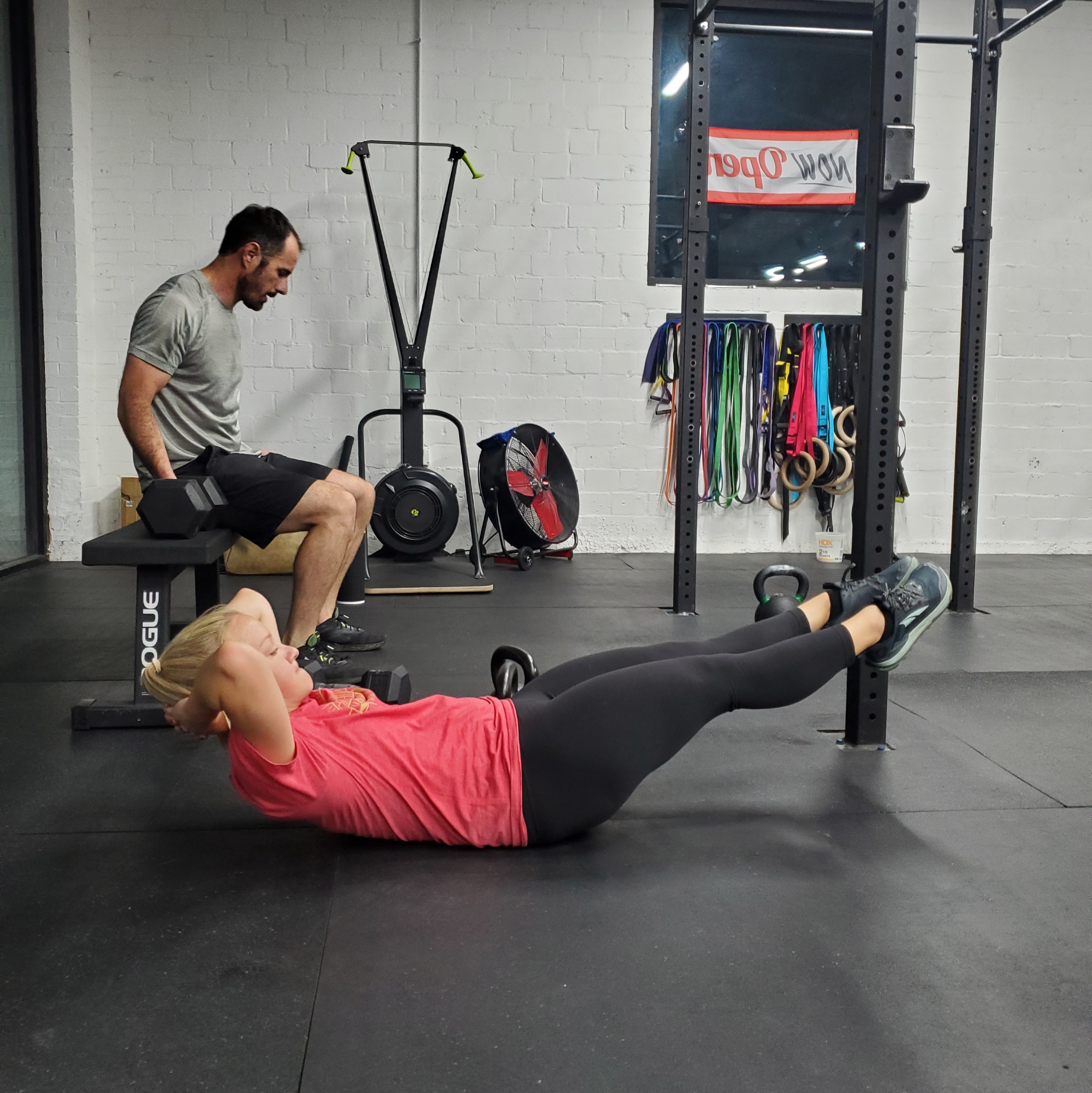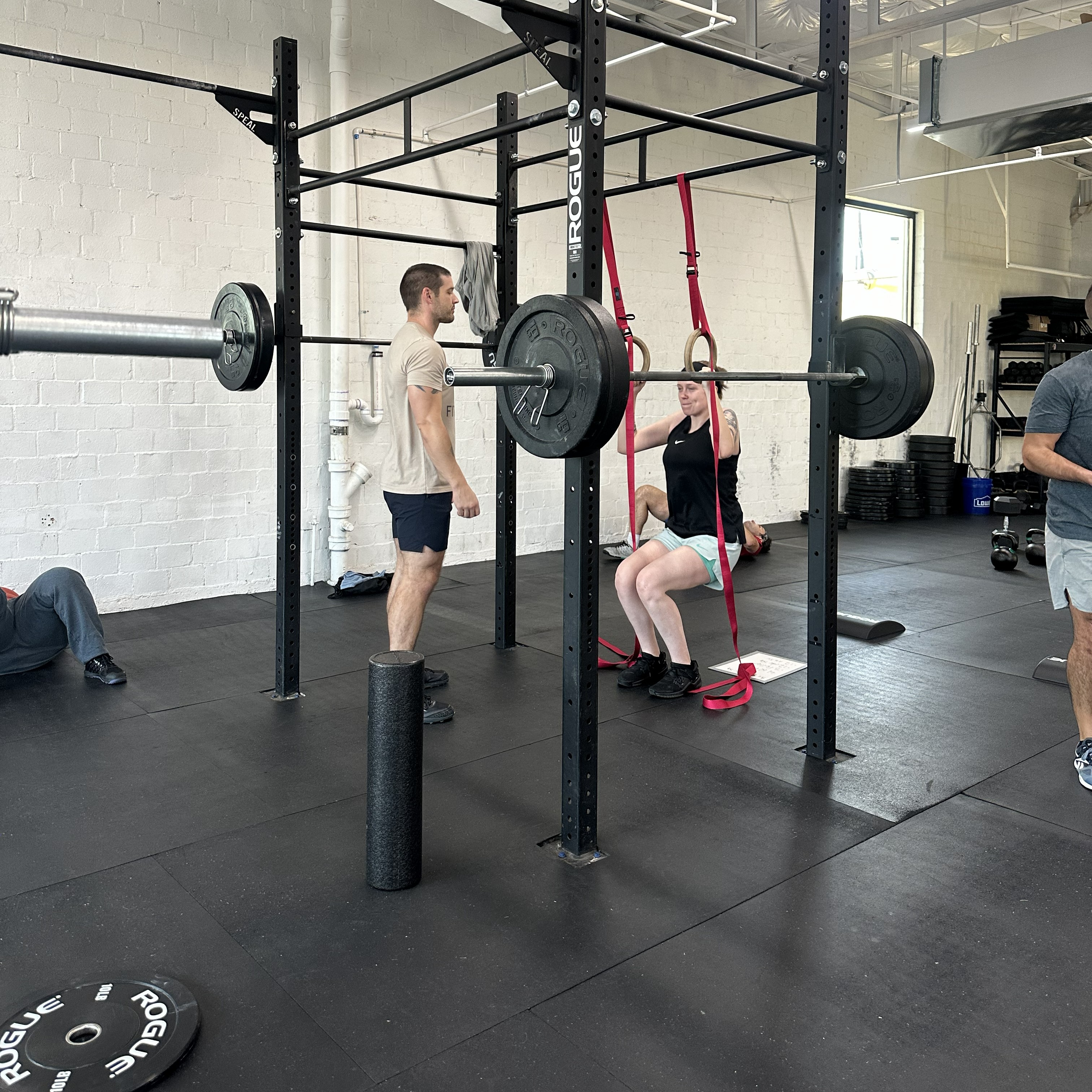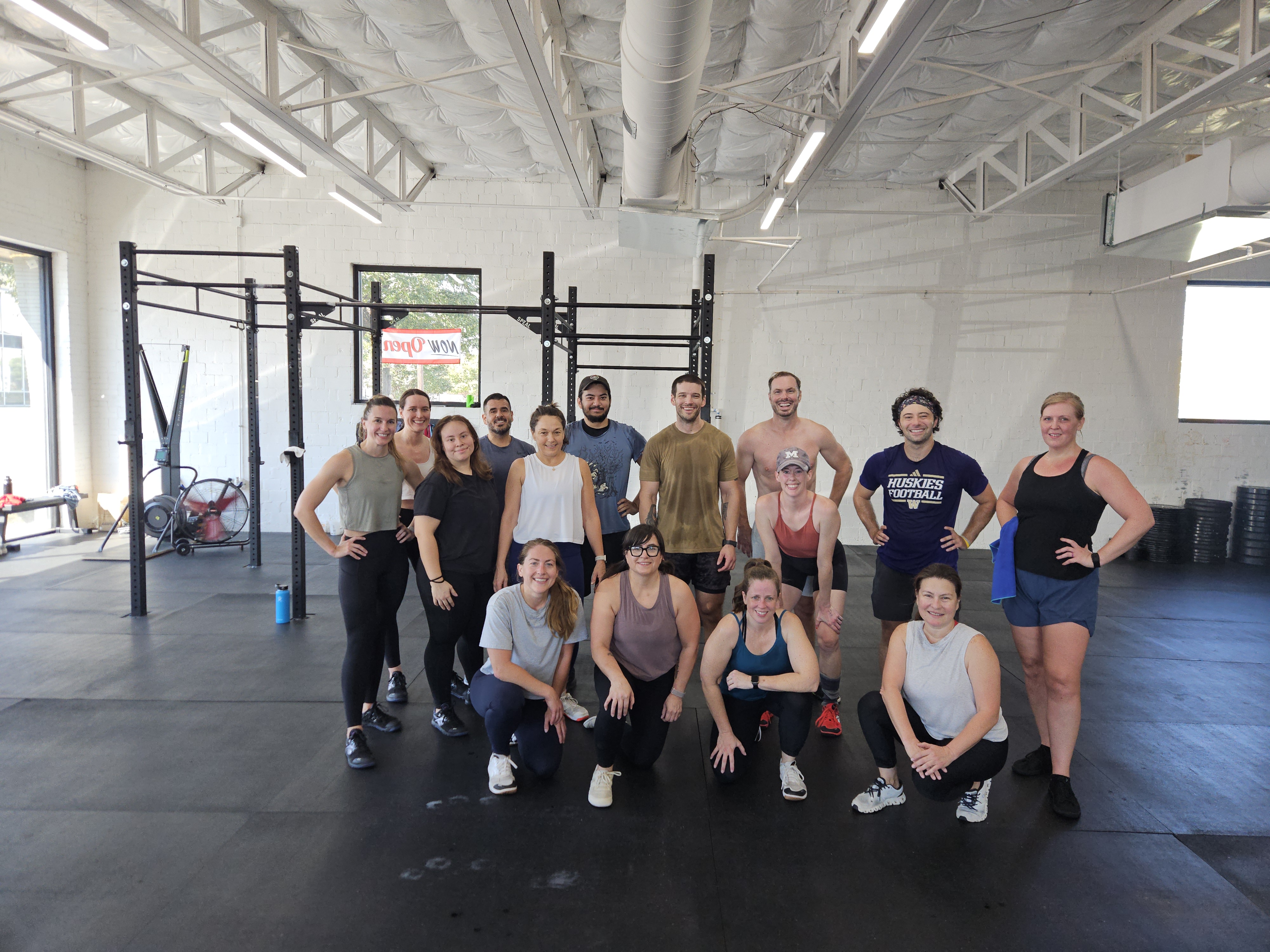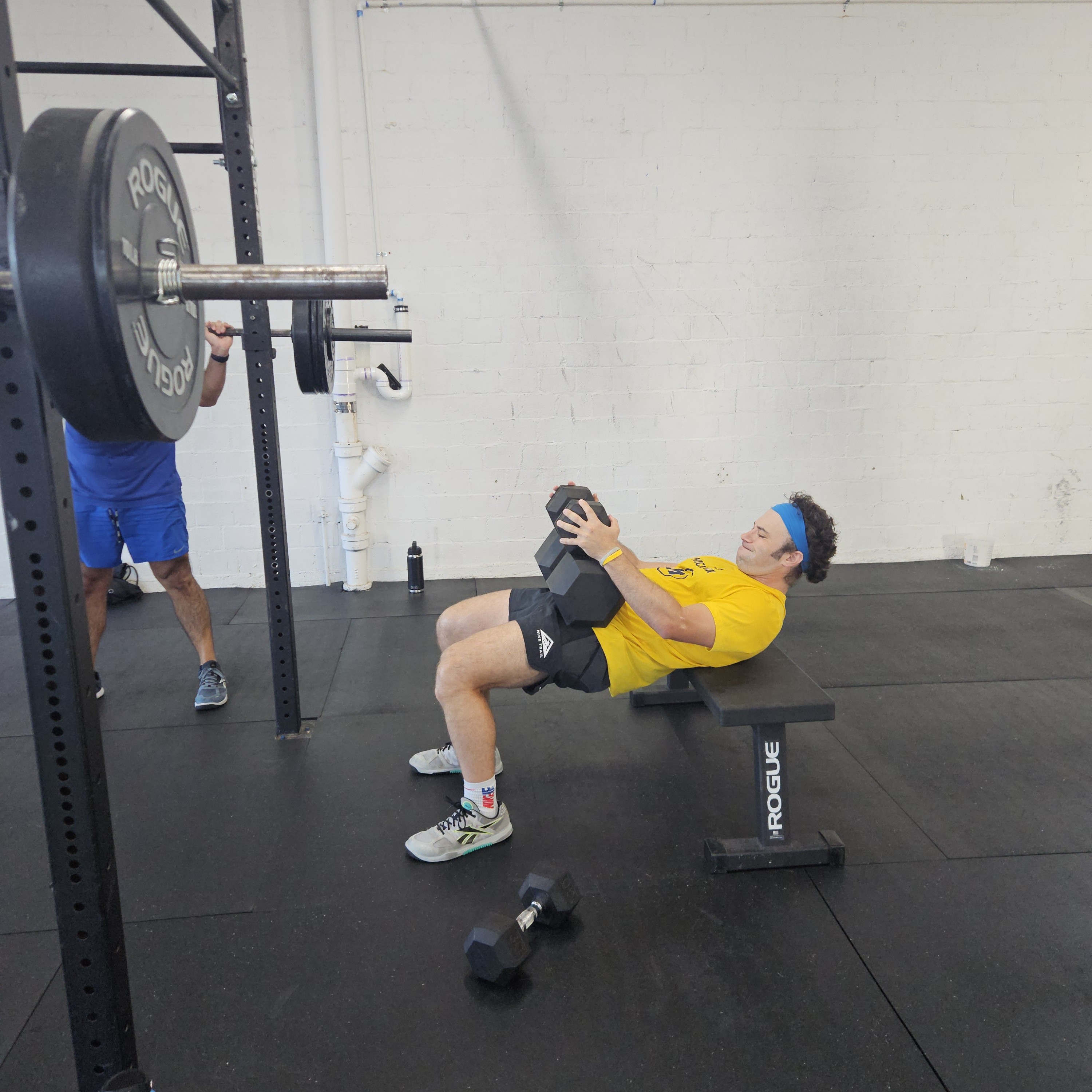By clicking “Accept All Cookies”, you agree to the storing of cookies on your device to enhance site navigation, analyze site usage, and assist in our marketing efforts. View our Privacy Policy for more information.
A Simple Guide to Nutrition
A Simple Guide to Nutrtion: Fuel for Fitness and Life
By
June 16, 2025

Nutrition tends to be one of the most overcomplicated topics in health and fitness. Between marketing, fad diets, and social media trends, it’s easy to lose sight of what really matters: eating the right food in the right amounts to support your goals.
At Bishop Arts Fitness, we believe nutrition should be practical, sustainable, and something you can build into your daily routine without overthinking it. Think of it like laundry. It’s not exciting, but when it’s done, life runs smoother. Food is fuel. It doesn’t need to be a source of stress or emotion. When we stop tying food to how we feel and start seeing it as a way to support how we perform, we begin to take control of our health.
Let’s walk through the basics, step-by-step: protein, fat, carbs, and how to make it all work in real life.
Step One: Prioritize Protein
Protein is king. It’s the most important macronutrient to focus on if your goals involve fat loss, muscle gain, or simply feeling better in your day-to-day life.
We recommend most people aim to get 0.7 to 1 gram of protein per pound of body weight. If you have a lot of weight to lose, it’s okay to base that number closer to your goal weight.
Why prioritize protein?
- It helps you feel full, which makes it easier to cut back on overeating.
- It supports muscle growth and recovery.
- It helps preserve lean muscle when you're in a calorie deficit.
Best sources: meat, eggs, and fish because they come with natural fats that support hormone health. Protein shakes are okay to get protein numbers but you are missing out on the other nutrients that come with eating animal products, so food first is best from that standpoint.
Pro tip: Cook protein in bulk at the beginning of the week. It saves time and takes the guesswork out of meal prep. When in doubt, make protein the focus of your plate; if you leave anything uneaten, let it be the carbs, not the protein.
Step Two: Understand Fats (and Use Them Wisely)
Fat often gets a bad rap, but it plays a vital role in your nutrition. It helps regulate hormones, supports brain function, and improves the taste and satisfaction of your meals.
Here’s what to know:
- If you’re eating enough whole food protein, you’ll already be getting a good amount of healthy fats.
- Use cooking fats like olive oil, butter, ghee, tallow, or avocado oil to supplement, about two thumb-sized portions per meal.
- Nuts, seeds, full-fat dairy (if dairy does not bother you) can all be part of a balanced intake, just don't over do it with too much snacking.
Fat is easy to overdo if you're not careful, especially when eating out or snacking. So be aware of your portions, but don’t avoid it altogether, it’s essential for long-term health.
Step Three: Carbs Are a Lever, Not a Villain
Carbohydrates are where we have the most flexibility. They're not bad, they just need to match your activity level.
If you're training hard, lifting weights, or doing higher-intensity conditioning, carbs help fuel those efforts. But if your day-to-day routine is lower intensity (walking, working at a desk), you likely don’t need as much. Carbs are a source of energy high intensity, but how often are you truly doing high intensity work? Let that dicate how many carbs you have if you are wanting to loss fat or maintain what you have.
To keep things simple, we recommend:
- Stick with whole-food carbs like fruit, rice, and potatoes.
- Limit each serving to just smaller than the size of your fist or less per meal, if weight loss is your goal. Super simple to start.
- Avoid processed or sugary carbs, they don’t keep you full and tend to lead to cravings. Single ingredient food is the way.
By adjusting carb intake based on how active you are, you give your body the energy it needs, without overshooting what it actually burns.
Putting It All Together
Here’s how to structure your meals:
- Protein: More than the size of your fist or measure out with a scale.
- Carbs: Less than the size of your fist.
- Vegetables: As much variety and color as possible.
Vegetables are your filler. Think of them as your nutritional insurance, they help with digestion, satiety, and long-term health. Just remember: starchy veggies like potatoes and beans count as carbs, not greens.
Meal prep tip: Cook your proteins and carbs plain (salt and pepper is fine), then separate them into containers for the week. You can season them differently so throughout the week you are getting different flavors without having to cook entirely different meals. Use different herbs or seasonings like garlic, taco seasoning, or lemon pepper to keep meals interesting without changing your ingredients.
Real Life: Flexibility and Consistency
Nobody eats perfectly every meal. That’s okay. What matters is your overall consistency across the week.
If you know you’re going out for dinner Friday, adjust your earlier meals that day to be protein-heavy and lower in carbs and fat. If the dinner ends up being heavier than planned, the next day is your opportunity to bring things back in line. This will help not fall into the trap of stringing together multiple meals that don't get us to our goal.
Instead of viewing meals in isolation, think in terms of 21 meals per week. If 18–19 of them are solid, you're on track. One off-plan meal won’t undo a week of consistency, but letting it spiral into a full weekend often will.
Final Thoughts
Nutrition doesn’t need to be complicated or emotional. When we take a practical, habits-first approach to eating, it becomes just another part of a healthy lifestyle, like brushing your teeth or getting your workouts in.
If you’re looking for help creating a plan that fits your goals and your lifestyle, we’re here for you at Bishop Arts Fitness in Dallas, Texas. Whether you want to lose weight, build muscle, or just feel better, we’ll help you create a simple, sustainable path forward.
Have questions or want to sit down for a free consult? Just reply to this post or schedule a No Sweat Intro Here





